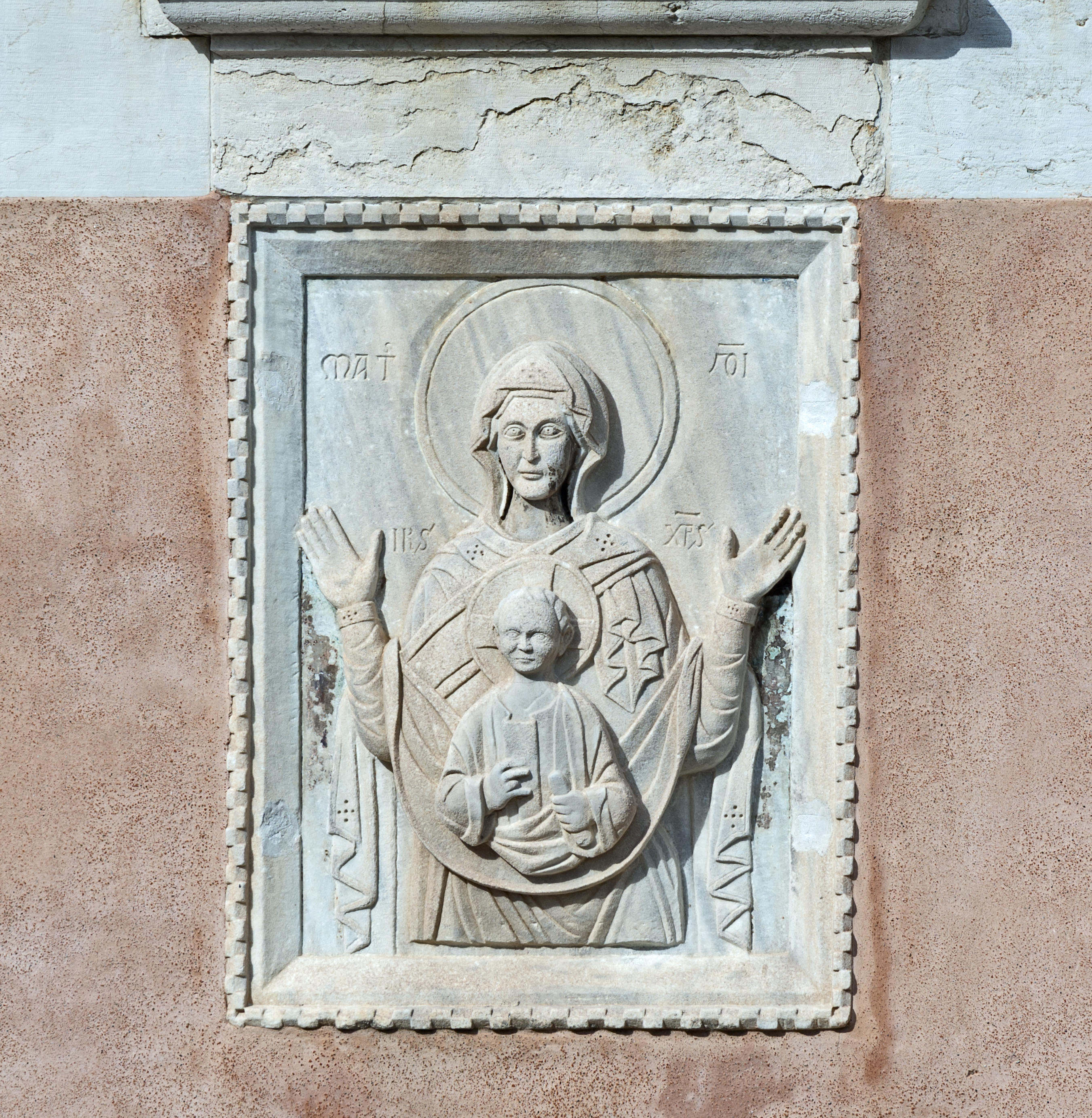



The church is one of the oldest in Venice because it was founded in the 10th century then in the 14th it was entirely rebuilt; in 1659 a monumental stone facade was "applied" to a design by Moli and later, at the end of the 19th century, it underwent heavy alterations.

Since then it has belonged to the Order of Servants of Mary who kept it until the second half of the last drain when it passed into private hands. The complex consists of the church hall with a chapel to the east and numerous rooms, originally intended for the sacristy, currently used, like the Church, for storage.

The very long abandonment combined with improper and incompatible use had reduced the Church in a poor state of conservation with numerous portions close to collapse. The roofs of the great nave had impressive failures and deformations of tens of centimeters, those of the side rooms had partially collapsed.

The walls were invaded up to 5-6 meters by rising damp, others were subject to subsidence due to the non-existence of the bottom boulder, the windows were missing and the rain had been washing away all the internal decorated surfaces for years and the high water flooded the most about ten times a year. Again the incongruous loads transmitted by the shelving of the warehouses had produced significant subsidence of the flooring and generalized breakages of the coating.

The first name of the church was Santa Maria di Val Verde, from the original name of the island on which it was built. The history of the church is linked to the Scuola Grande di Santa Maria della Misericordia, which in the 14th century built two of its own buildings nearby, a hospital and houses.

Already in 936 there is traces of a church in this area, whose foundation, according to Francesco Sansovino, is to be attributed to Cesare de Giuli, also known as Andreardi, or jointly to the de Giuli and Moro families. In the thirteenth century it was completely rebuilt, abandoning the Byzantine structure and acquiring a Gothic style.

It was initially granted to an order of hermits, then probably to Augustinians. In 1348 the monks were exterminated by the plague, the abbot, the only survivor, died in 1369 leaving the perpetual patronage of the church to Luca Moro and his descendants: since then the church is linked to the history of the patrician Moro family who acquired the patronage , with the perpetual right to appoint the prior of the church (they kept this right until the fall of the Republic of Venice in 1797).

On 9 June 1611 the prior Girolamo Savina, author of a chronicle of Venice called Cronaca Savina, died poisoned by a monk, drinking the communion wine while celebrating mass.
The interior of the deconsecrated church consists of a single nave with a gable roof.

The external stone façade is structured around a giant central order dominated by an arched tympanum and surrounded by two trabeated wings. The top of the pediment is crowned by the statue of the Virgin, while the edges of the wings are pinecone acroteri. On the high protruding bases of the giant order there are two allegorical statues (the Charity and the Fortress); above the portal, in front of the rose window, the bust of Gasparo Moro accompanied by a scroll and sorrowful cherubs seated on books. All the sculptures are the work of Clemente Molli, who probably also designed the façade.

The bell tower in Venetian-Byzantine style, which can be glimpsed on the back, and the bas-relief depicting the Madonna and Child of the fourteenth-century school on the annex to the right of the facade, remain the last memories of the original structure.
Church of the Abbey of Mercy
Address: Campo de l'Abazia, 3550, 30121
Phone: +39 041 847 4648
Site:
https://art-events.it/locations/chiesetta-della-misericordia/?fbclid=IwAR3wu6wrpMESSCcwQ2XYlvno178hgtS-UVo8DF9a5qj9RdaHiGEFLklABlELocation inserted by
giulia